
Knowledge
Post-Medieval
The post-medieval era (1485–1750), spanned four centuries and marked the transition from the Middle Ages to modernity. It encompassed the Renaissance, the Baroque period, and the reigns of several significant European monarchs. It was a transformative period in the history of jewellery, marked by advancements in craftsmanship, expanding global trade, and evolving cultural influences.
Design Periods
.jpg)
The Renaissance (Late 15th century–1600)
The Renaissance (French for “rebirth”) started in Florence, Italy, and spread throughout Europe. With the discovery of new continents came the expansion of trade and an increase in wealth. While Christianity remained influential, Humanism began to take centre stage, influencing developments in art, music, philosophy, science, and technology. These changes were mirrored in jewellery, which began to feature a broader range of techniques and artistic inspirations.
Renaissance jewellery features layered narratives of faith, status, and natural wonder. It was deeply symbolic and the medieval beliefs in gemstone mysticism persisted, with stones attributed magical and healing properties. Diamonds symbolised strength and eternity, rubies represented passion, emeralds signified fertility and rebirth, and pearls, which were especially prized during the Renaissance, were associated with purity and wealth.
Protective talismans included toadstones, which were believed to detect poison, and unicorn horn (often narwhal ivory) which was thought to purify water. Adding to the mysticism, jewellery also incorporated zoomorphic designs featuring animals associated with various qualities including dolphins for salvation, pelicans for self-sacrifice, as well as mythical creatures such as griffins who symbolised the divine.
The revival of classical antiquity during the Renaissance brought Greco-Roman designs back into fashion and these jewels often incorporated classical motifs such as laurel wreaths and mythological figures.


The Baroque Era (1600–1750)
The Baroque period epitomised extravagance in jewellery design. Pieces featured ornate details and dramatic use of light-reflecting gemstones to complement voluminous fashions. Gown bodices were long favoured as ideal showcases for jewellery and became central to Baroque style by the 1620’s. A single striking jewel strategically placed at the centre of the bodice replaced the scattered pendants and small adornments typical of Renaissance fashion. Baroque pearls of irregular shapes were especially popular for their unique beauty.
.jpg)

Brooches, earrings, necklaces, and tiaras became larger and more elaborate during this time. The growth of botanical knowledge and the importing of exotic flowers brought new inspiration to art and jewellery. One such popular motif in Baroque jewellery is the Cosse de pois, inspired by pea pods and featuring clusters of gemstones or intricate metalwork. Later Rococo influences introduced playful and whimsical motifs such as bows, ribbons, and floral patterns.

Early Georgian Era (1714–1750)
By the early Georgian period, jewellery began transitioning toward lighter designs with an emphasis on symmetry. Bouquet-shaped bodice ornaments and giardinetti (little garden) rings became fashionable, incorporating a mix of gemstones and paste to depict petals.
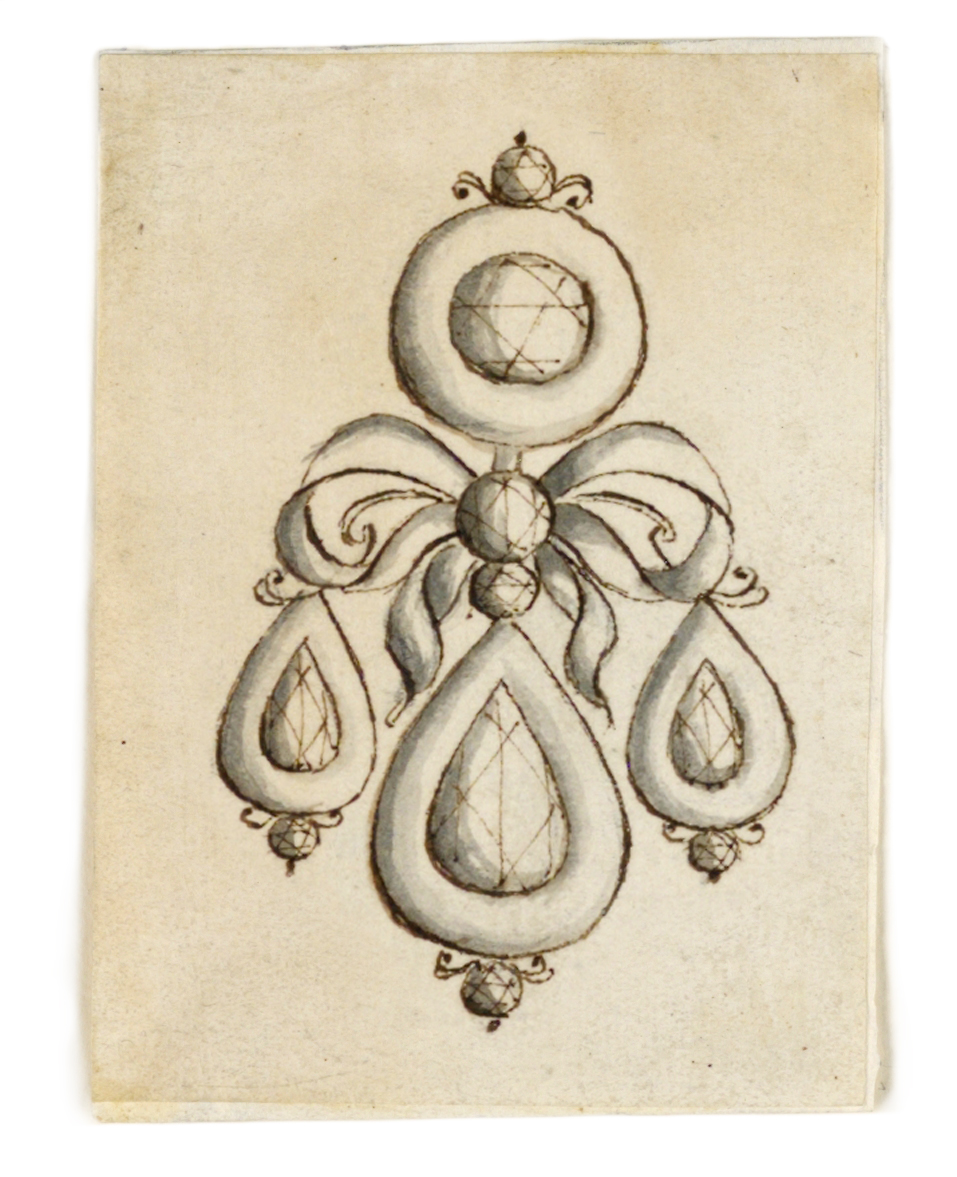


Paste stones, glass imitations of gemstones, became popular for costume jewellery among the middle class, democratising access to fashionable ornamentation.
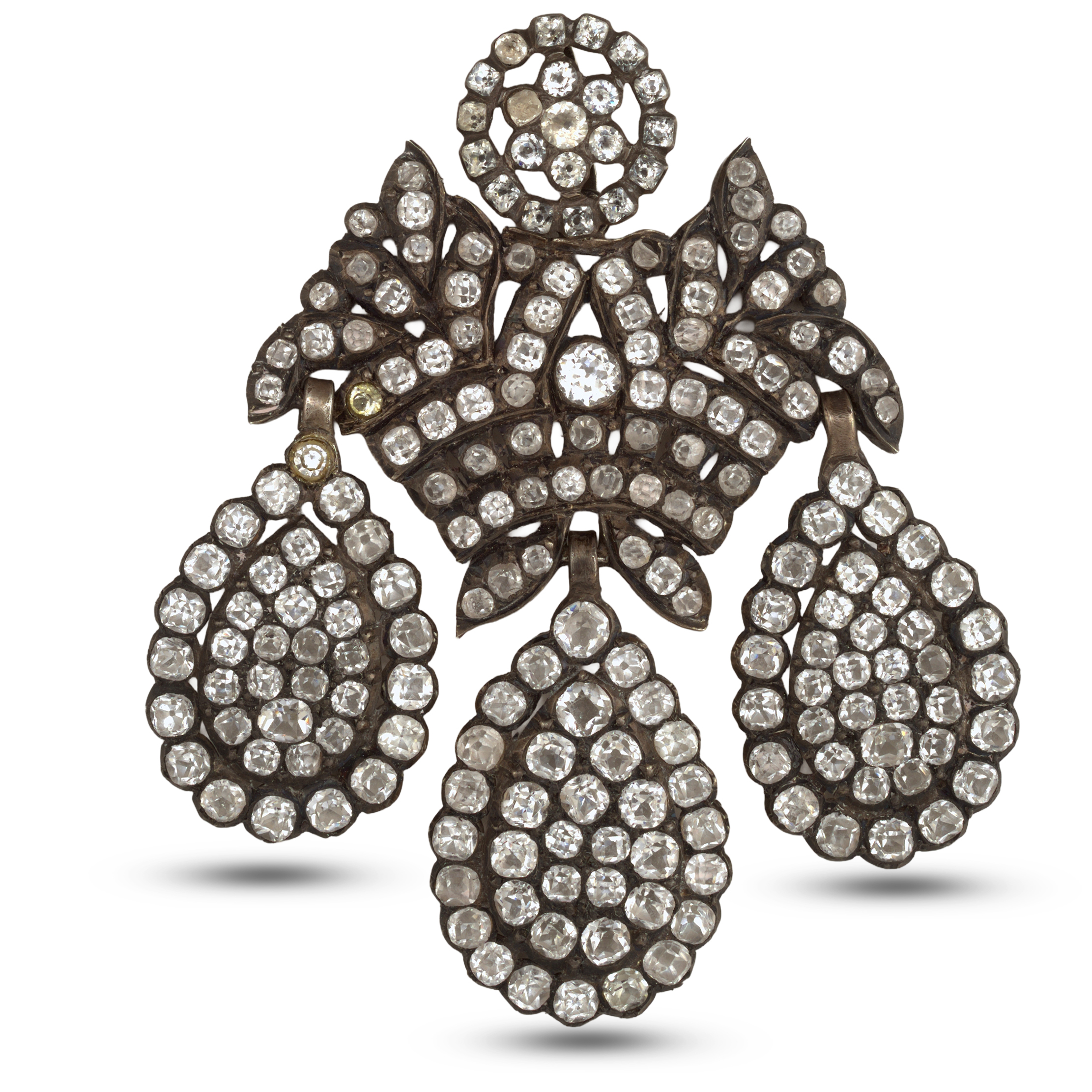
Materials and Techniques
Jewellery production during the post-medieval era underwent dramatic transformation, propelled by global exploration and expanding trade networks. This new surge in materials not only diversified the range of gemstones and metals used but also drove innovation in jewellery making techniques, particularly in metalwork and gemstone cutting. Until the late Medieval period, gemstones were typically cut as cabochons, with few exceptions such as intaglios and cameos. However, the invention of the scaif—a horizontal cutting wheel—around 1475 revolutionised gemstone faceting. In the 15th century, the table cut emerged, followed by the rose cut, allowing for greater light reflection and enhancing the visual appeal of stones, unlocking new creative possibilities in jewellery design.


As well as coloured gemstones, enamelling allowed artisans to depict intricate details and colours. Although time-consuming and labour intensive, the sophisticated results obtained with the technique were greatly revered.
In metalwork, ancient techniques such as filigree and granulation were revived through Islamic-European exchanges, and a renewed fascination with classical antiquity. Other techniques including embossing and repoussé became more sophisticated as goldsmiths mastered the art of creating detailed relief work using chasing tools.


Experimentation with metal alloys also became more common; goldsmiths blended high-purity gold with silver or copper to adjust colour and malleability, while vermeil—gold-plated silver—emerged as an elegant yet economical alternative.
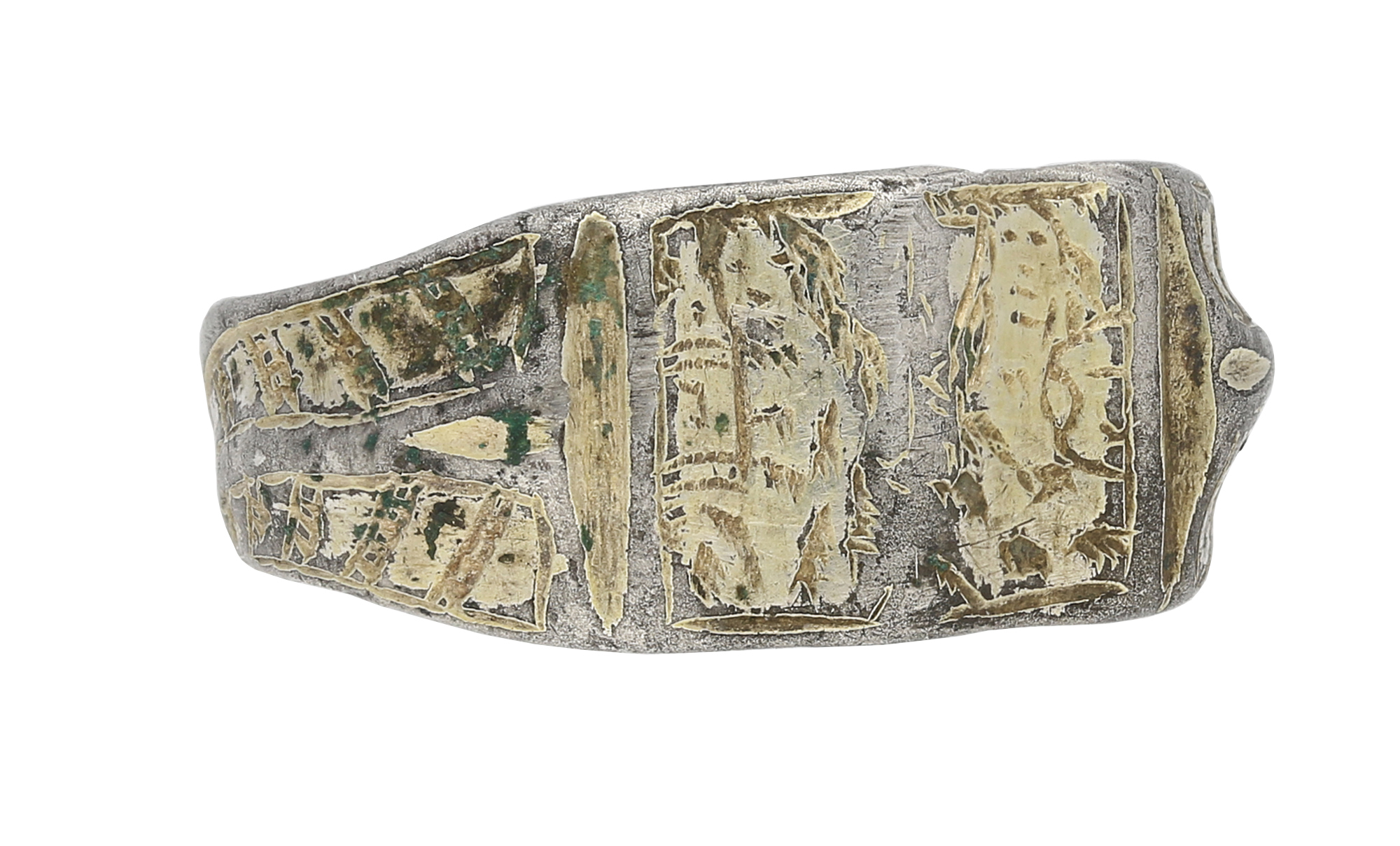


The Role of Global Trade
The Age of Exploration had a profound impact on jewellery. New trade routes brought an influx of exotic materials such as Colombian emeralds, Indian diamonds, Ceylon sapphires, and South Sea pearls to enrich European designs. Spanish and Portuguese explorers brought gold from the Americas, and silver gained in prominence due to its availability in New World mines.
Cultural Influences
The post-medieval period saw significant cultural exchanges facilitated by exploration and trade. Where the revival of classical antiquity during the Renaissance brought ancient Roman and Greeks designs to the fore.
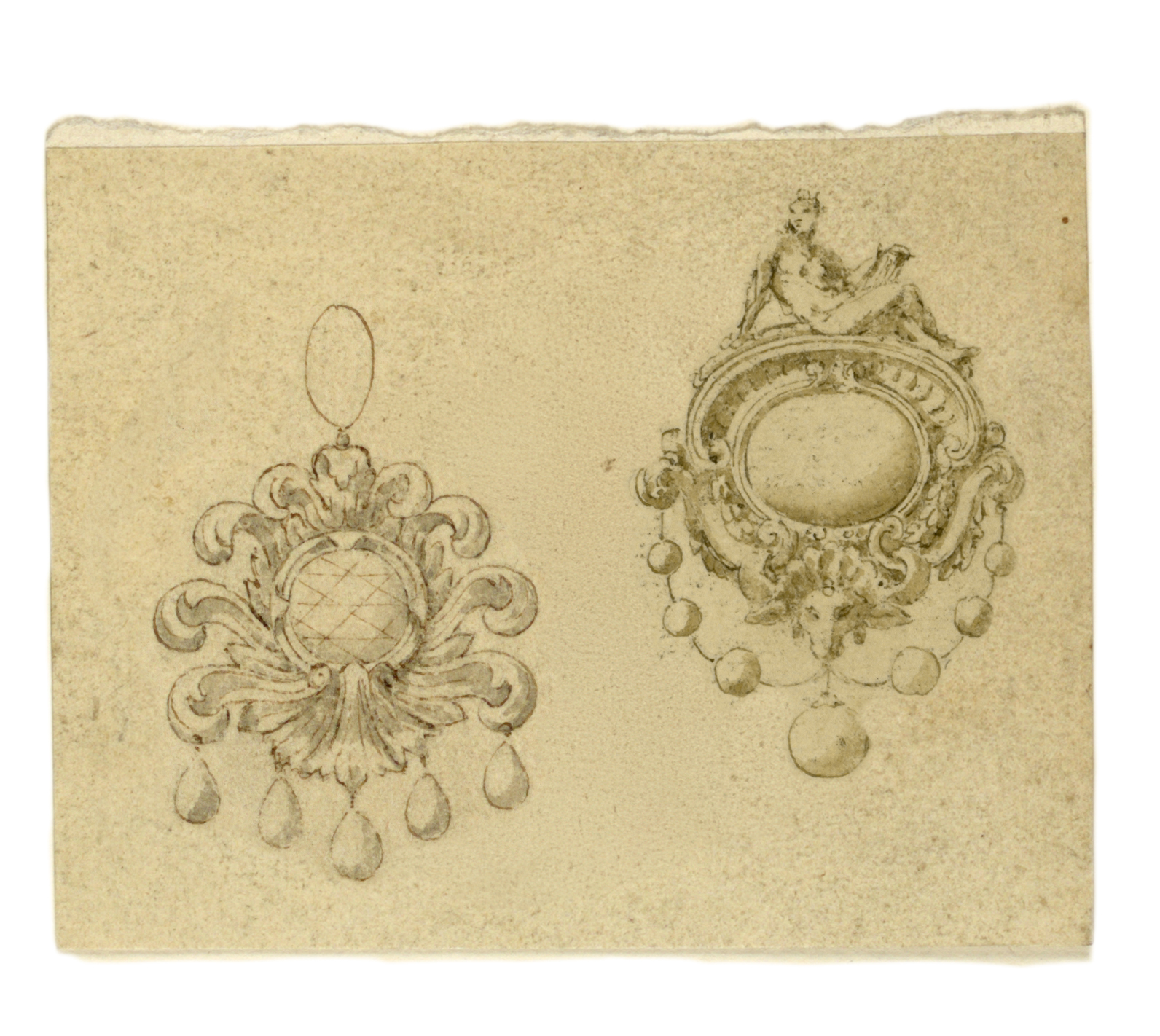


Baroque jewellery reflected influences from Asia, with floral motifs and exotic materials like mother-of-pearl. Religion continued to influence design, with Protestant regions favouring simpler jewels and Catholic countries continuing to produce ornate pieces.
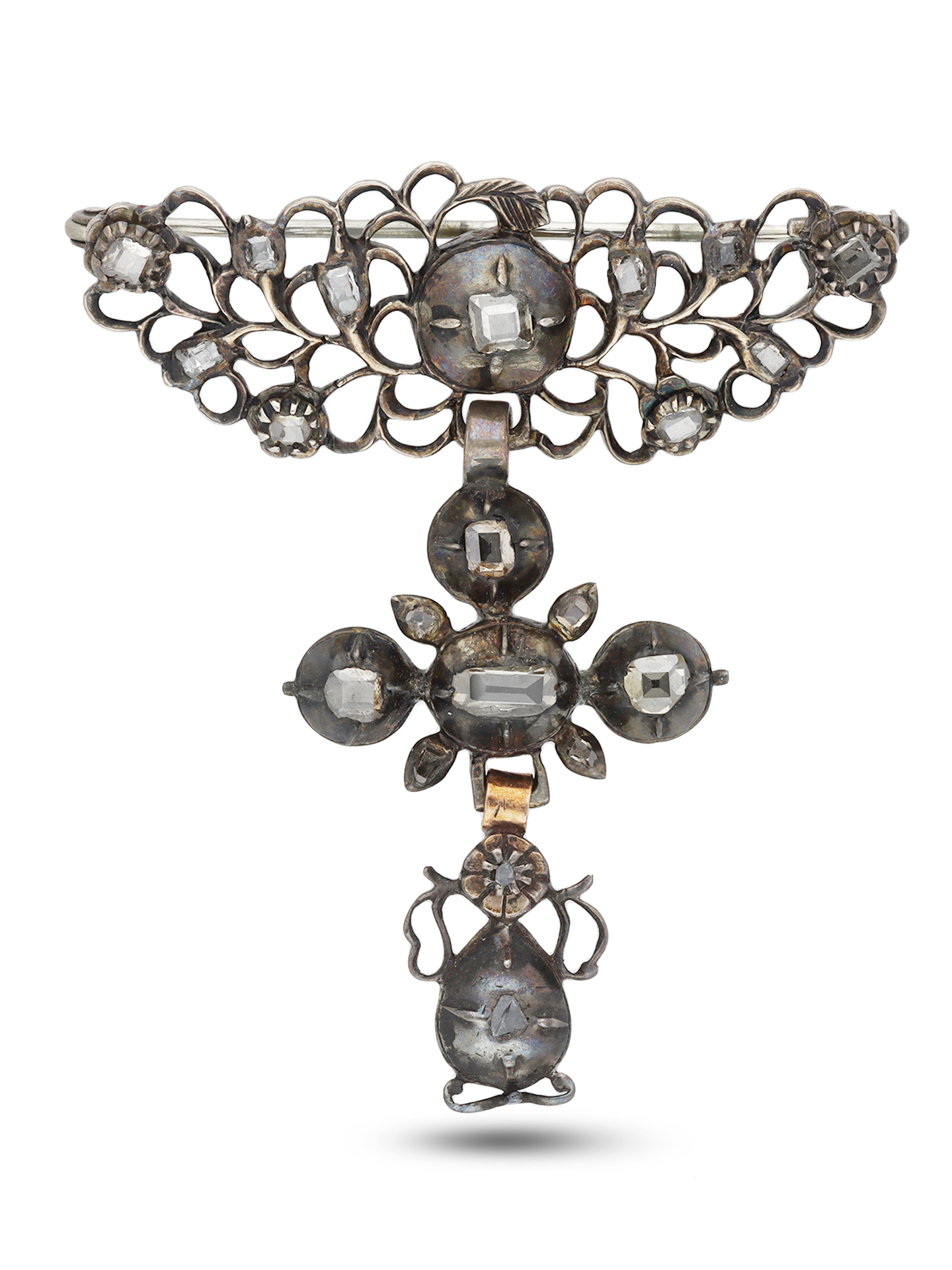
Meanings Behind Jewellery
Jewellery continued to signify social status throughout this long era. Sumptuary laws across Europe restricted certain materials to specific classes. The nobility adorned themselves with gold, diamonds, and pearls, while the rising merchant class wore silver and semi-precious stones to express their newfound wealth.
Marriage jewellery gained significance, and betrothal rings became more elaborate. These were traditionally worn on the fourth finger of the left hand, a practice rooted in the ancient belief of the vena amoris "vein of love" connecting directly to the heart.




Another popular type of jewellery was posy rings, derived from the French poésie, meaning “poem”. These gold or silver bands were engraved with hidden inscriptions, often in Old French, Latin, or Middle English, ranging from romantic vows to religious pledges. Early medieval posy rings displayed inscriptions externally, but Renaissance artisans shifted engravings inside the band for intimacy, sometimes pairing them with enamel or gemstone embellishments.
Simultaneously, hidden compartments became a hallmark of sentimental jewellery, inspired by functional "poison rings" used to store relics or keepsakes. By the 17th century more ornate love tokens emerged, incorporating motifs including clasped hands, entwined knots, cupids and miniature portraits.
The post-medieval era laid the foundation for jewellery design by introducing innovative techniques and an increased access to precious materials through global trade. This period’s fusion of cultural influences, symbolic richness, and technical mastery undoubtedly inspired across the centuries to follow.

Post-Medieval Jewellery at Berganza
Explore the Berganza collection and immerse yourself in the Post-Medieval world of exceptional craftsmanship, exquisite design and stunning gemstones. From gold posy rings to Georgian jewels, our vaults are a treasure trove of history!

Explore Design Periods
Email: info@berganza.com | Opening hours: Monday-Friday 10am-5pm, Saturday 11am-5pm | All Stripe currencies supported
© Berganza Ltd 2025












Connect with us
Sign up for regular emails on our new acquisitions, news and features: